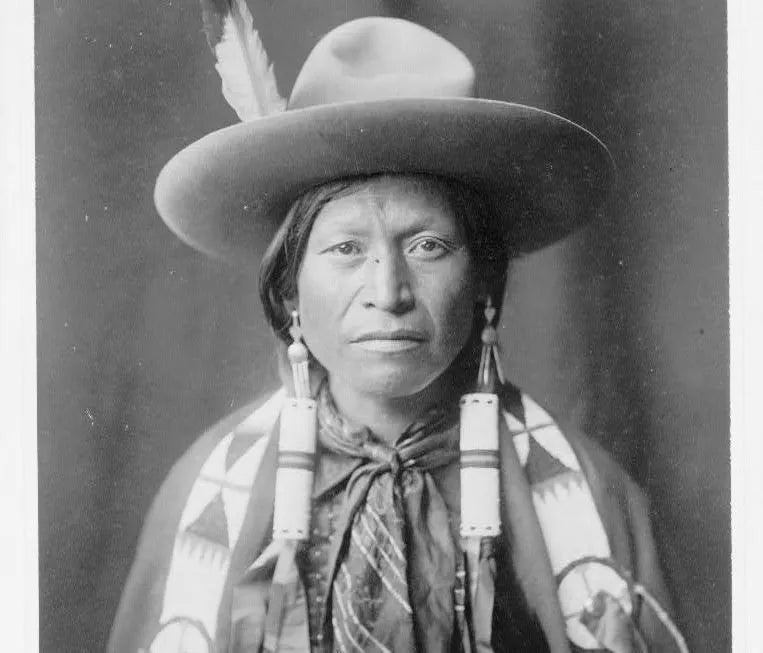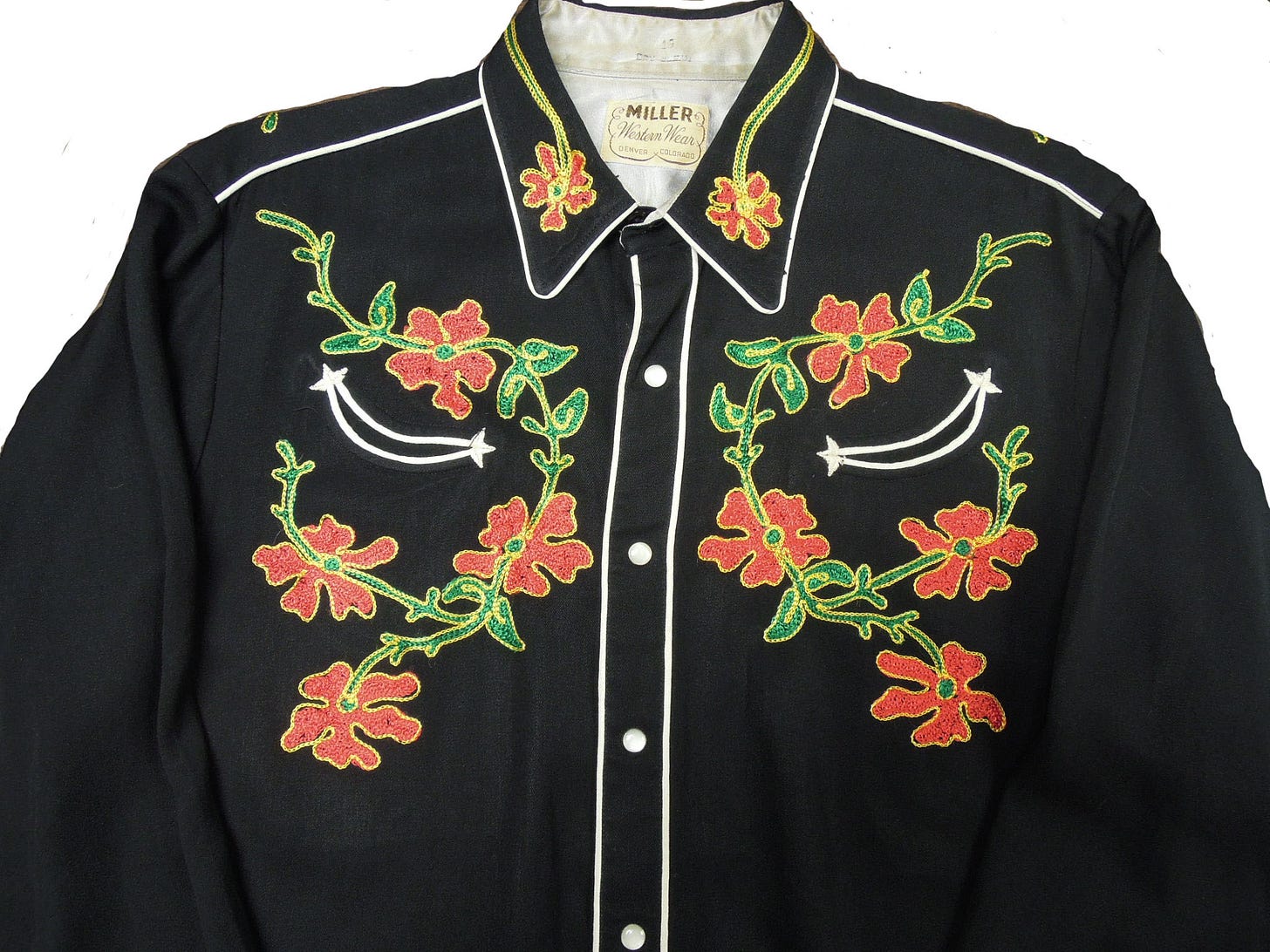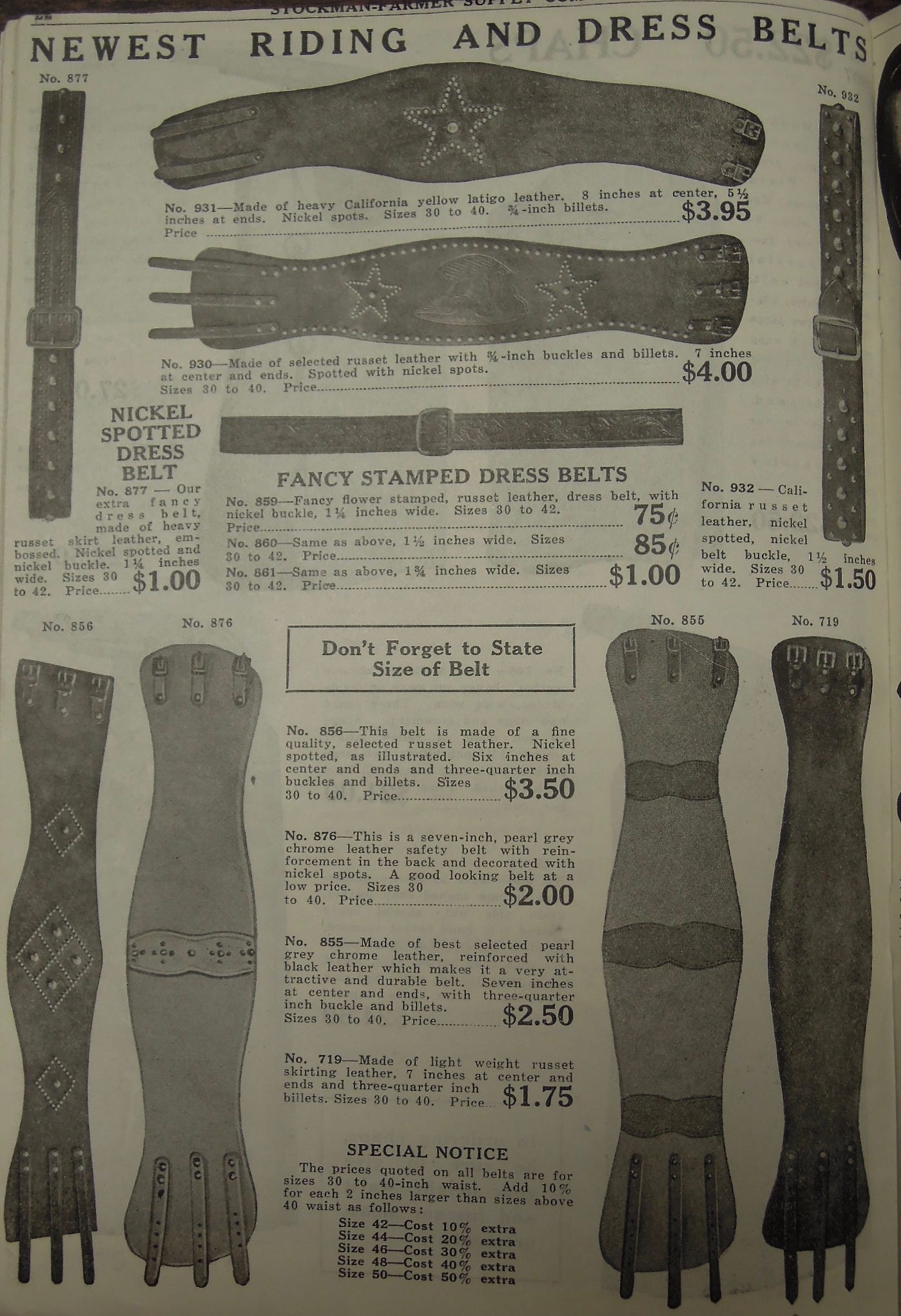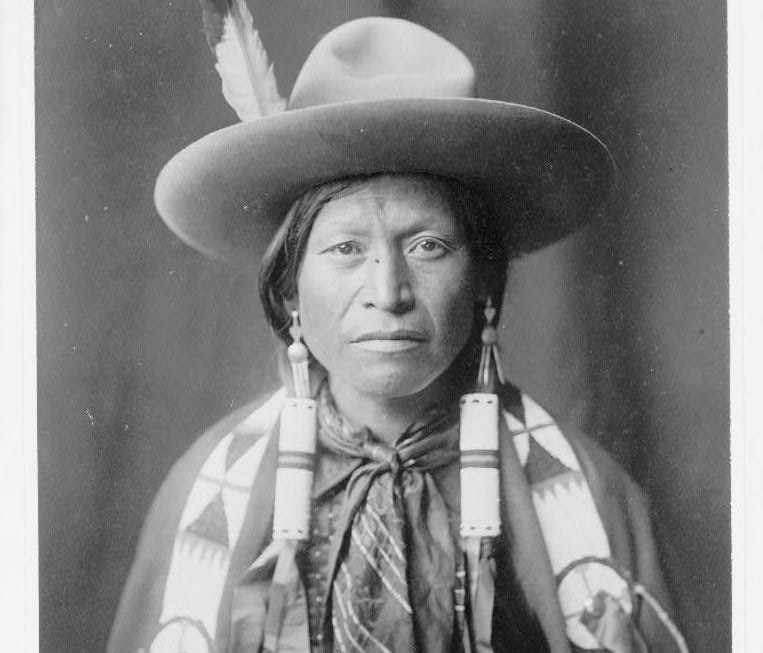
The Dark Side of Cowboy Core
Share
How Your Western Fashion Obsession is Marginalizing Indigenous History
Western fashion is experiencing a noticeable revival in America. "Cowboy Core" - from Beyoncé's Grammy-nominated album of the year Cowboy Carter to Kim Kardashian wearing a cowboy hat to the Super Bowl - is marking a curious shift in trends at a time when political discourse is leaning heavily on the new administration's "America First" agenda.
But as classic as the embroidered boots are to the picture of the American West, we find ourselves not giving credit where it is due. Western fashion has a few problems that have not been addressed for centuries - its rich Mexican and Native American history.
"Westernwear makes up a lot of those aesthetics of various influences that come together," says Sonya Abrego, professor at the Fashion Institute of Technology and author of Westernwear: Post War American Fashion and Culture. "It was what was practical for riding and cattle working; chaps would protect the legs from the brush and hats for shade from the sun. It had a practical purpose, but the embellishments are what makes them special. A lot of the beautiful silver buckles, embroidery, and style additions came up through Mexico, or what was Mexico-America at that time. A lot of indigenous makers were making woven and beaded goods for sale that the ranchers were buying, and still are."
These gorgeous embellished looks are inherited from the cultures of Mesoamerica and Native Americans living in the Southwest, and were adopted and purchased by curious ranchers and settlers. The look became so iconic that in the 19th century, the cowboy - made popular by Buffalo Bill's worldwide tours through Europe and even Asia - became cemented as the unique style of the budding United States of America.
Even as it became an emblem of the USA, it was highly influenced by people who were never given credit for their cultural contribution.
"There was nothing happening in America that was not ethically compromised in the 19th century," says Abrego. "In those times it was not an issue. In hindsight we see it, but at the time it was something that was admired, and they were valuing what was practical, interesting, and worthwhile. The problem is that they were not crediting indigenous people or giving them any type of exposure. That is where we can identify problems today."
For centuries, these communities were marginalized. Even today, the families who have inherited the western artisan style and carry the tradition do not have access to basic privileges, from the reservations in the United States to the pueblos in Mexico. Anyone can use their designs and profit from them, but the makers themselves are barely making a living wage.
Oddly enough, the tastemaker of high fashion in Mexico, Editor of Latin Vogue José Forteza, recognizes the aesthetic contribution of the native population of his own country but muted their significance by saying "giving credit to the region it comes from, or the community is enough, for what belongs to us all now."
This is counterproductive to its own influential roots and takes a great deal of power away from the families who inherited their craft and are still not being paid a living wage to create them. They cannot live in dignity. José Forteza seeks to appropriate ancestral wealth in exchange for class.
Is this a representation of sustainability?
The fact remains that tribal communities in both Mexico and America do not reap the benefits of the social elite who copy their traditional looks and pay them nothing, and do nothing to improve their quality of life.
And as culture swings far away from the "wokeness" of the Biden era and back into "America First," before Denali becomes Mt. McKinley again, let's remember that we would not be here today without each culture contributing to our modern existence. And more than just acknowledging it, let's make sure their livelihood reflects our appreciation for the Western American look we all know and love today.



